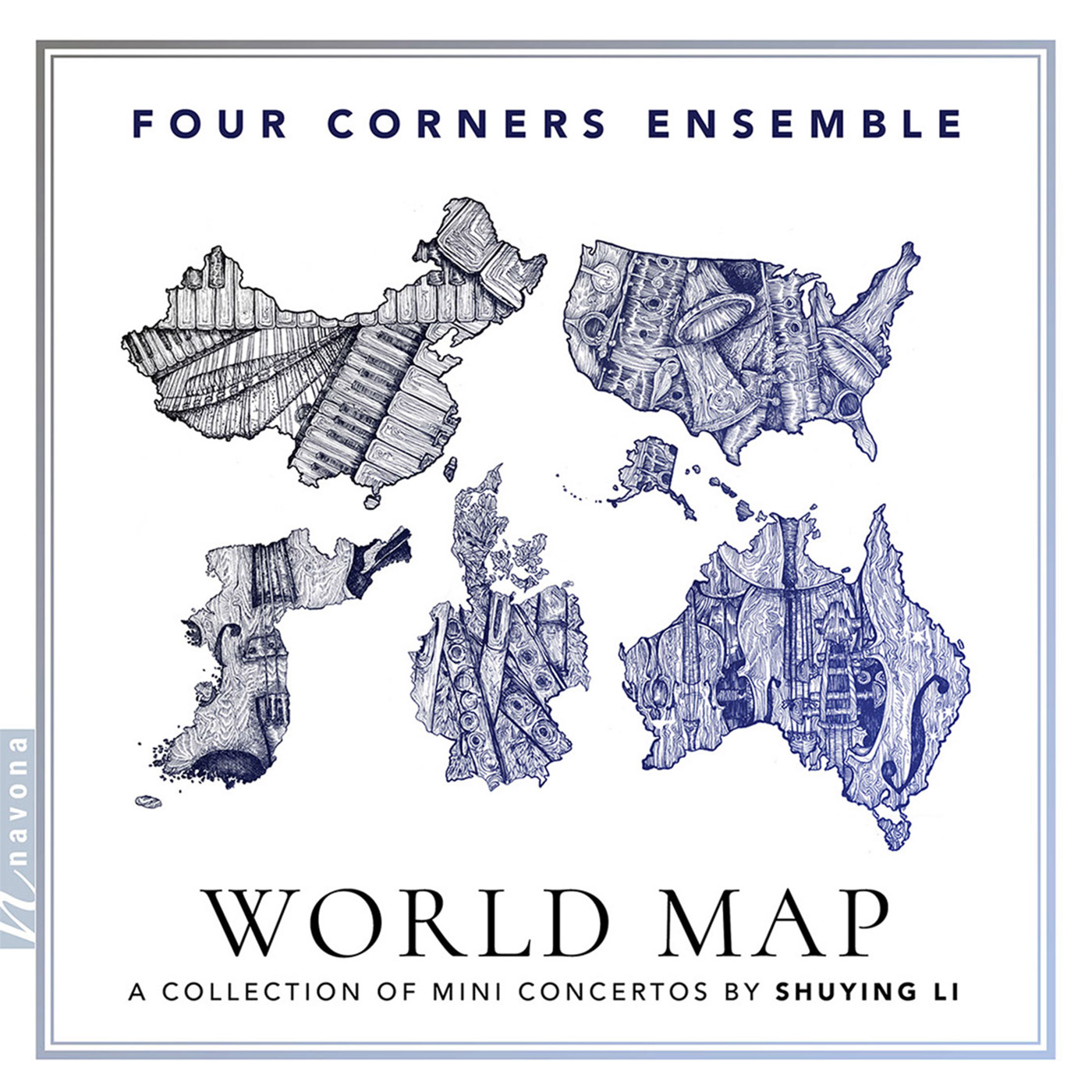
Share Album:
World Map
Shuying Li composer
Four Corners Ensemble
Joshua Anderson* clarinet
Erika Boysen* flute
Annie Jeng* piano
Christina Adams*, Heewon Uhm violin
Jeremy Crosmer*, Horacio Contreras cello
*featured soloists
Throughout history, music has overcome culture and borders to bring people together through a universal language. Composer Shuying Li and Four Corners Ensemble present WORLD MAP, a collection of five mini-concertos for quintet, which takes listeners on a journey around the world, opening their ears to music’s evolution as an international unifier.
Each piece of WORLD MAP focuses on specific cultural events that are representative of different regions of the world. Over the course of the album, the ensemble explores history through the lens of music and showcases their ability to interpret genres and idioms from the globe over.
Matilda’s Dream brings listeners to Australia with a thematic interpretation of the classic bush ballad, “Waltzing Matilda.” The European leg of the journey is represented by The Dryad, a nostalgic piece inspired by Hans Christian Andersen’s fairy tale of the same name. American Variations takes things stateside with a set of variations based on quintessential American genres, including jazz, ragtime, klezmer, and pop-rock. Korean culture and traditional music are the focus of The Peace House, which draws its name from the inter-Korean Peace House. Canton Snowstorm gives the album a touch of surrealism with a pianistic depiction of a wintry weather in subtropical Canton.
Each member of Four Corners Ensemble serves as a featured soloist on pieces Li wrote to represent their cultural backgrounds.
Listen
Stream/Buy
Choose your platform
"Superbly prepared and executed impeccably"
Track Listing & Credits
| # | Title | Composer | Performer | |
|---|---|---|---|---|
| 01 | American Variations (Version for Pierrot Ensemble) | Shuying Li | Joshua Anderson, solo clarinet; Erika Boysen, flute; Heewon Uhm, violin; Jeremy Crosmer, cello; Annie Jeng, piano | 12:15 |
| 02 | The Dryad (Version for Pierrot Ensemble) | Shuying Li | Erika Boysen, solo flute; Joshua Anderson, clarinet; Christina Adams, violin; Horacio Contreras, cello; Annie Jeng, piano | 11:02 |
| 03 | The Peace House (Version for Pierrot Ensemble) | Shuying Li | Christina Adams, solo violin; Erika Boysen, flute; Joshua Anderson, clarinet; Horacio Contreras, cello; Annie Jeng, piano | 11:23 |
| 04 | Matilda's Dream (Version for Pierrot Ensemble) | Shuying Li | Jeremy Crosmer, solo cello; Erika Boysen, flute; Joshua Anderson, clarinet; Heewon Uhm, violin; Annie Jeng, piano | 13:46 |
| 05 | Canton Snowstorm (Version for Pierrot Ensemble) | Shuying Li | Annie Jeng, solo piano; Erika Boysen, flute; Joshua Anderson, clarinet; Heewon Uhm, violin; Jeremy Crosmer, cello | 10:46 |
Recorded April 5, and November 17, 2019 at the Hartt Recording Studio, the Hartt School, University of Hartford in Hartford CT
Recording Engineer, Editing Gabe Herman
Cover graphics designed by Tanner Porter
Executive Producer Bob Lord
Executive A&R Sam Renshaw
A&R Director Brandon MacNeil
A&R Danielle Lewis
VP, Audio Production Jeff LeRoy
Audio Director Lucas Paquette
Mastering Shaun Michaud
VP, Design & Marketing Brett Picknell
Art Director Ryan Harrison
Design Edward A. Fleming
Publicity Patrick Niland, Sara Warner
Artist Information

Shuying Li
Shuying Li believes that music has the innate power to promote cultural diversity by connecting people through universally human passions and values. This belief has led to widespread interest and performances by Seattle Symphony, Orpheus Chamber Orchestra, New Jersey Symphony, Argus Quartet, Orkest de ereprijs (Netherlands), Avanti! Chamber Orchestra (Finland), ICon Arts Ensemble (Romania), Cecilia Quartet (Canada), Opera From Scratch (Canada), and Donald Sinta Quartet, among others.
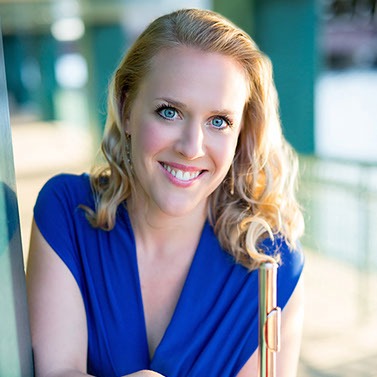
Erika Boysen
Through an accomplished career as speaker, solo performer, chamber musician, and pedagogue, flutist Erika Boysen is among classical music and interdisciplinary performance’s leading innovators.
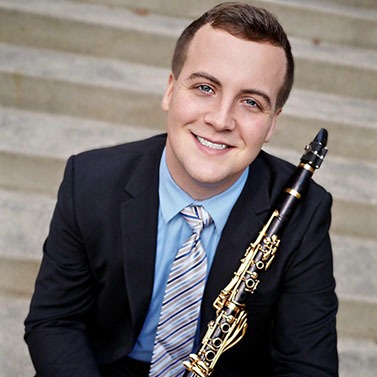
Joshua Anderson
Dr. Joshua Anderson is an active orchestral and chamber musician and has performed in such venues as Carnegie Hall and Lincoln Center’s David Geffen Hall. He holds the position of Principal Clarinet with the Reno Philharmonic and has performed as a soloist and chamber musician throughout the United States, Europe, and Asia.
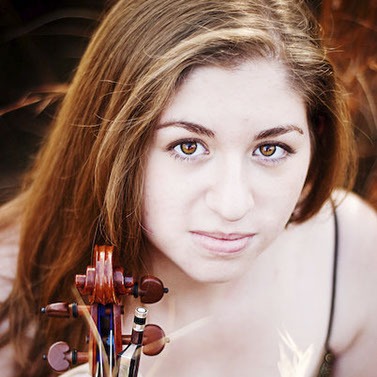
Christina Adams
US violinist Christina Adams appears frequently as a solo, chamber, and orchestral musician. She has collaborated with leading artists from around the country, including New York Philharmonic principals Frank Huang, Michelle Kim, Cynthia Phelps, and Carter Brey, and has performed throughout the United States, Europe, and Asia.
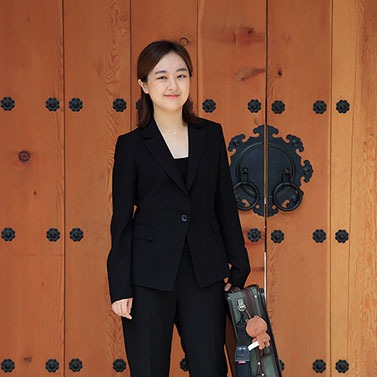
Heewon Uhm
Heewon Uhm is a Korean violinist, artist, and teacher. Her dual interest in chamber music and orchestra has led to performances in major music festivals including Tanglewood Music Center, Pacific Music Festival, and Aspen Music Festival.
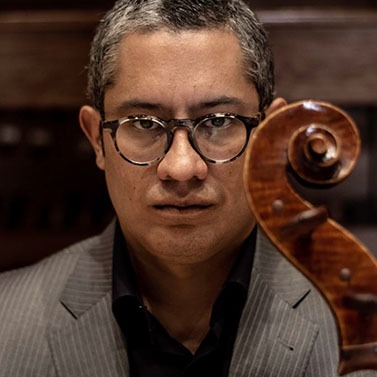
Horacio Contreras
Venezuelan cellist Horacio Contreras has gained esteem through a multifaceted career as a concert cellist, chamber musician, pedagogue, and researcher. He has collaborated with prestigious institutions across the Americas and Europe as a concerto soloist, recitalist, chamber musician, and master class clinician.
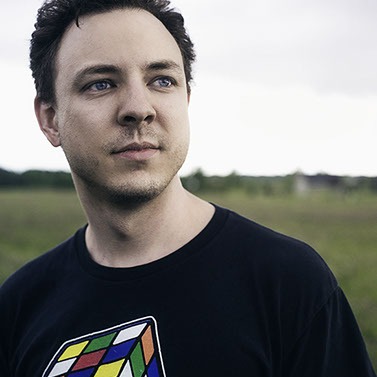
Jeremy Crosmer
Jeremy Crosmer is a remarkable young artist, both as a cellist and a composer. He completed multiple graduate degrees from the University of Michigan in cello, composition, and theory pedagogy, and received his D.M.A. in 2012 at age 24.
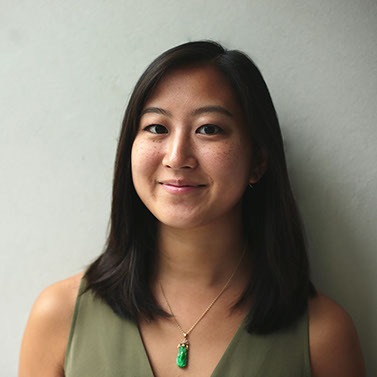
Annie Jeng
Annie Jeng enjoys a diverse career as an internationally active performer, educator, and arts entrepreneur. Some notable performances include Ravel’s Piano Concerto in G with the Ann Arbor Symphony and Beethoven’s Choral Fantasy with the University of North Carolina at Greensboro Symphony Orchestra.
Notes
WORLD MAP is a multicultural collection of mini concertos for quintet composed by Shuying Li. Each is approximately 10 minutes in duration, and focuses on specific cultural, musical, and historical events that are representative of different regions of the world. All members of the quintet are featured as a soloist, with the pieces showcasing past and present ensemble members’ cultural backgrounds.
